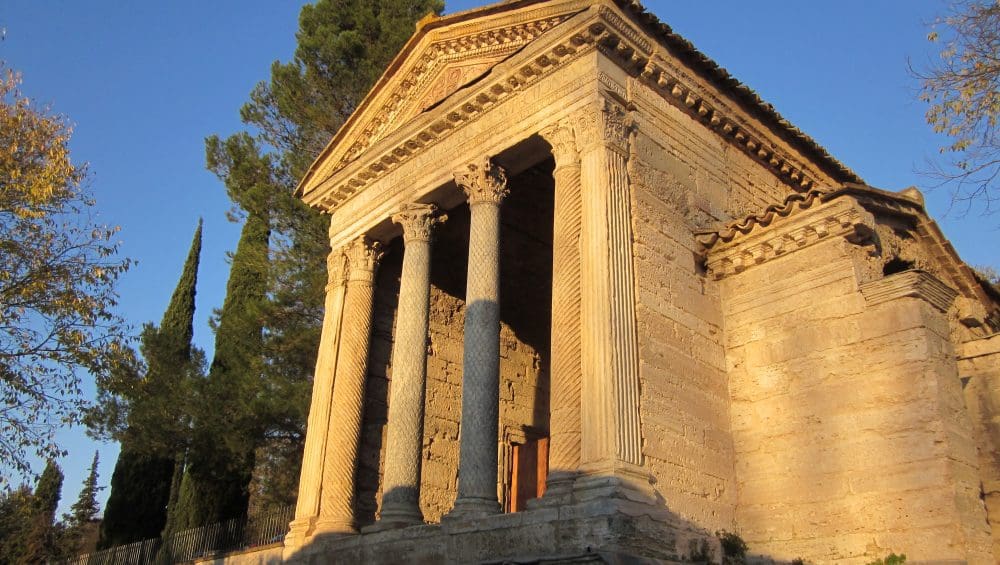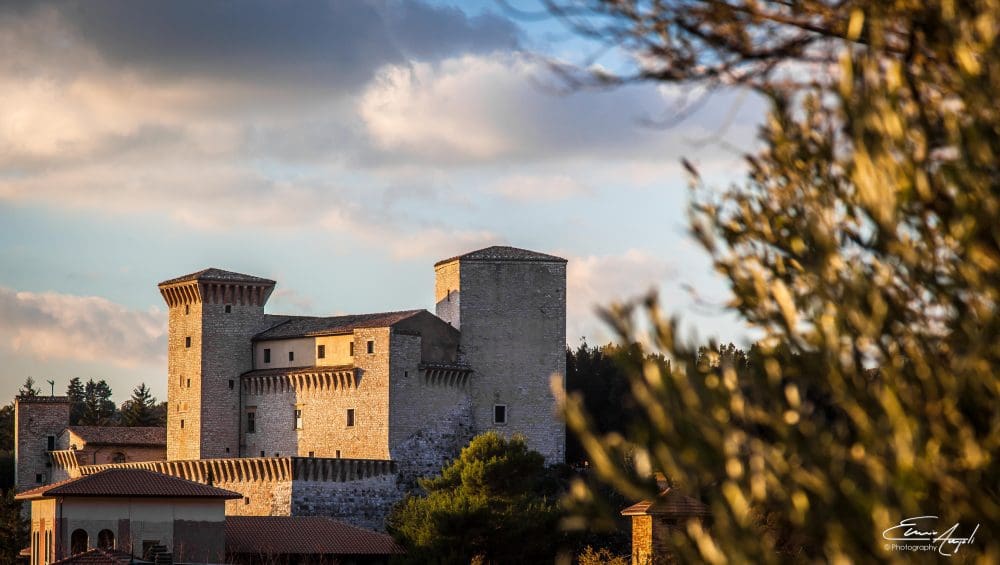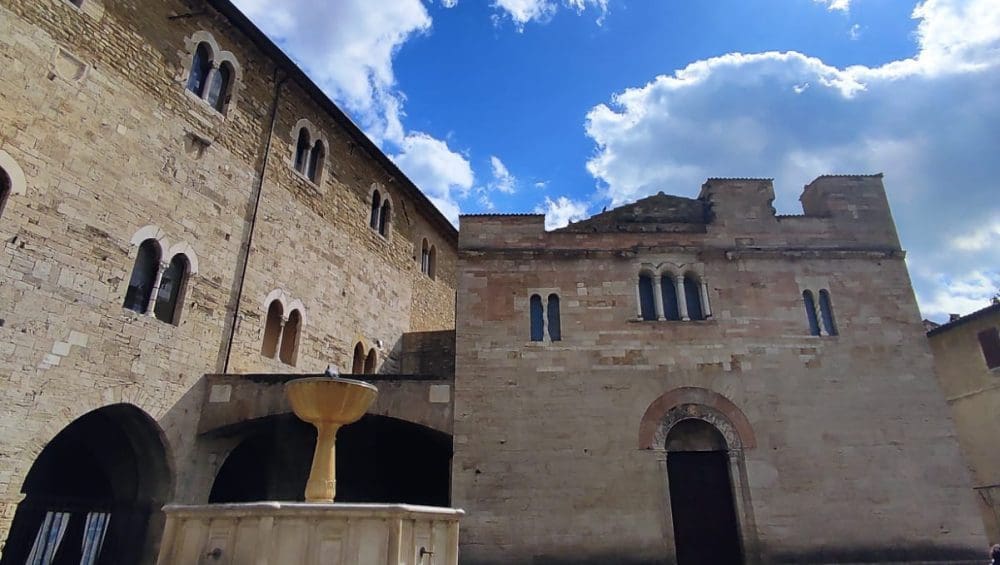Carnival Recipes in Umbria
#COOK WITH UMBRIASI
We told you about Carnival, its origins and traditional Umbrian desserts.
Today here we bring you the recipes of the Carnival:
Prepare the apron, the work surface and ready to knead and then enjoy!
FRAPPE

Ingredients
500 g of 00 flour
3 eggs
Lemon peel to taste
1 teaspoon baking powder
250 g of butter
100 g of sugar
1 pinch of salt
For frying
1 liter of peanut oil
To decorate
Powdered sugar/honey or alkermes
Method
Create a fountain of flour on the work surface and arrange the baking powder in the centre, start mixing flour and baking powder, then always in the center add the eggs, the lemon peel (pay attention to the white part of the lemon which is more bitter) and the pinch of salt. Once the ingredients are mixed, add the butter at room temperature and the sugar. The dough will be ready when it is smooth, homogeneous and will come off easily from your hands. Let the dough rest for 30 minutes covered with cling film.
After 30 minutes, roll out the dough with a rolling pin until it forms a sheet that is not too thin. With the washer, cut the dough into rectangular strips with a small cut in the center where you pass one end of the frappa through the middle, simulating a bow.
Fry the frappe in hot oil for about 5 minutes. Once ready and cooled, decorate them with icing sugar, honey or alchermes as you like
CASTAGNOLE
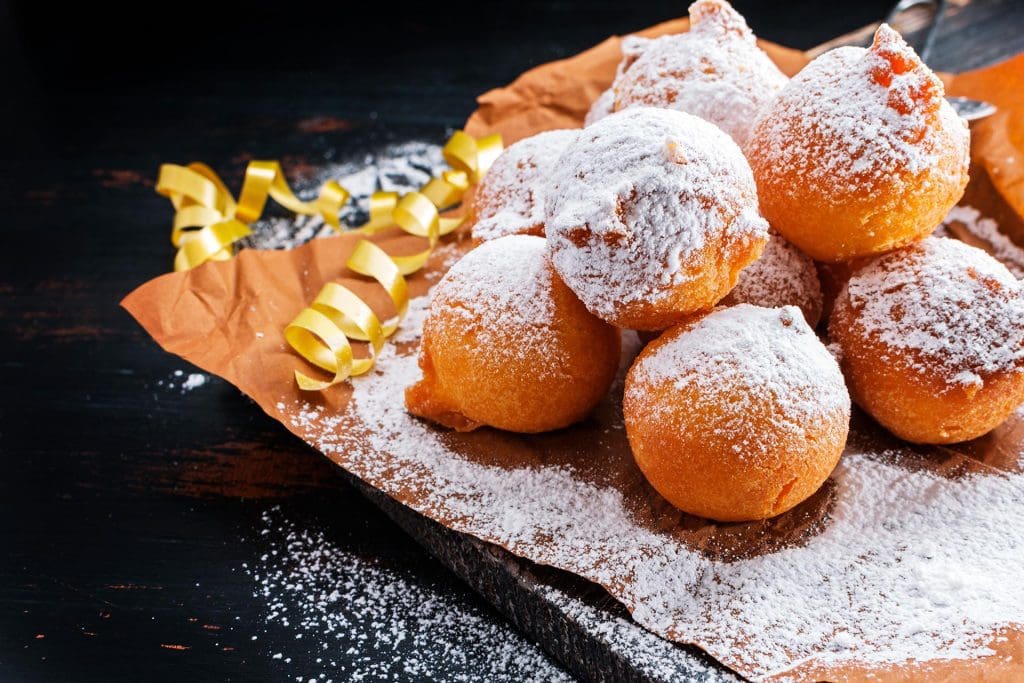
Ingredients
230 g of 00 flour
2 eggs
½ sachet of baking powder
4 Tablespoons of sugar
1 small glass of liqueur (mistrà, sambuca)
50 ml of milk at room temperature
2 tablespoons of extra virgin olive oil
Lemon peel to taste
1 pinch of salt
To frying
Plenty of peanut oil
To decorate
Icing sugar/honey or alchermes and colored sugared almonds
Method
Break the eggs into a small bowl and mix with the sugar until you have a frothy and light consistency. The sugar must be well mixed. Add the sambuca, slowly add the milk and oil and finally the grated lemon peel (pay attention to the white part, as above!). Mix everything until all the ingredients are well blended. Then add the flour and baking powder until you get a batter-like consistency.Let the mixture rest covered for about 10-15 minutes.Pour the batter into hot oil (help yourself with a spoon to form balls) and turn them halfway through cooking. Once ready, decorate with alchermes honey sugar and colored sprinkles
N.B There are variations that also include filling them with cream, chocolate cream or cream!
STRUFOLI

Ingredients
400 g of flour
6 eggs
6 tablespoons of sugar
1 small glass of Mistrà or Sambuca
1 lemon peel and lemon juice
1 cup of milk
25 g of baking powder
6 teaspoons of extra virgin olive oil
To frying
2 liters of peanut oil
To decorate
Honey
Method
With a whisk, beat the egg yolks with the sugar until you obtain a frothy consistency. Whip the remaining egg whites until stiff and add them to the yolks and mix well. Add the lemon peels and slowly add the oil and milk.
Gradually add the flour, baking powder, lemon juice and liqueur. Knead until you get a smooth and homogeneous dough. Sprinkle it with oil and cover it with a cloth to let it rest for at least 2 hours.
Slide the balls of dough into the hot oil (again with the help of a spoon). To help the dough remain round, slowly rotate the pan (with the handles) in which you are frying the strufoli (be careful! )
Once cooled, sprinkle them with honey melted in a bain-marie.
CICERCHIATA UMBRA

Ingredients
300 g of 00 flour
30 g of butter
3 eggs
1/2 grated lemon peel
Alchermes to taste
To frying
2 liters of peanut oil
To decorate
400 g of honey
colorful candies
dried fruit like almonds cut into strips
100 g of candied fruit
Method
On a pastry board, mix the flour with the eggs, the lemon peel, the butter at room temperature and the liqueur until a homogeneous and smooth consistency is obtained. Create sausages from the dough from which to obtain the irregular balls cut with a knife and fry them in hot oil. Heat the butter and once melted, pour the fried balls and mix well. Then add the sugared almonds, candied fruit and almonds to taste.
Then cut into strips 150 gr. of peeled almond
CRESCIONDA SPOLETINA
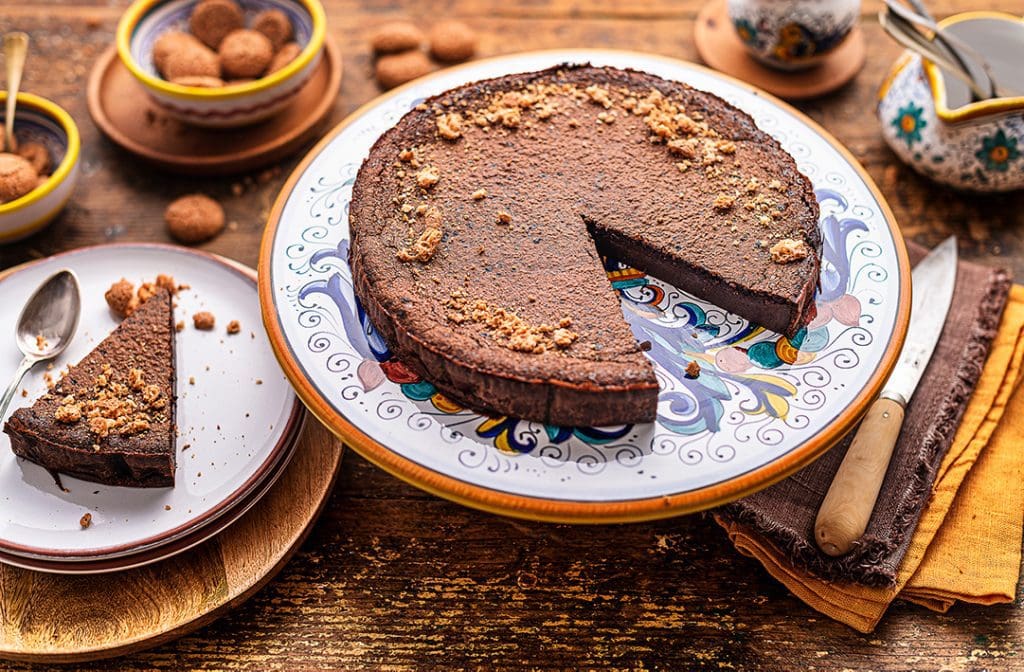
Ingredients
50 g of 00 flour
70 g of sugar
4 eggs
500ml of milk
200 g of macaroons
50 ml of mistrà liqueur
100 g of dark chocolate
1 grated lemon peel
Method
With a whisk or mixer, blend the amaretti biscuits. Then proceed by beating the yolks with the sugar until you get a frothy consistency; then add the minced chocolate, the liqueur and the milk slowly. Finally, the amaretti biscuits and the flour little by little, together with the grated lemon. Whip the egg whites until stiff which will then be joined to the mixture from bottom to top. Grease and flour a baking tray (24 cm in diameter) and bake at 180° for 60 minutes.
Credit photo
UmbriaTourism
Forchettiere.it
Antonio Gravante
2Amiche in Cucina
Fonte Cesia
Kasanova


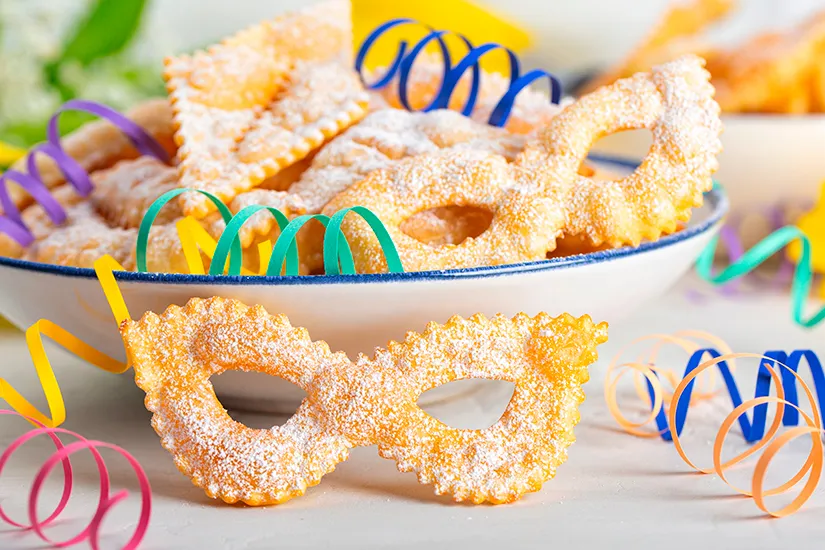


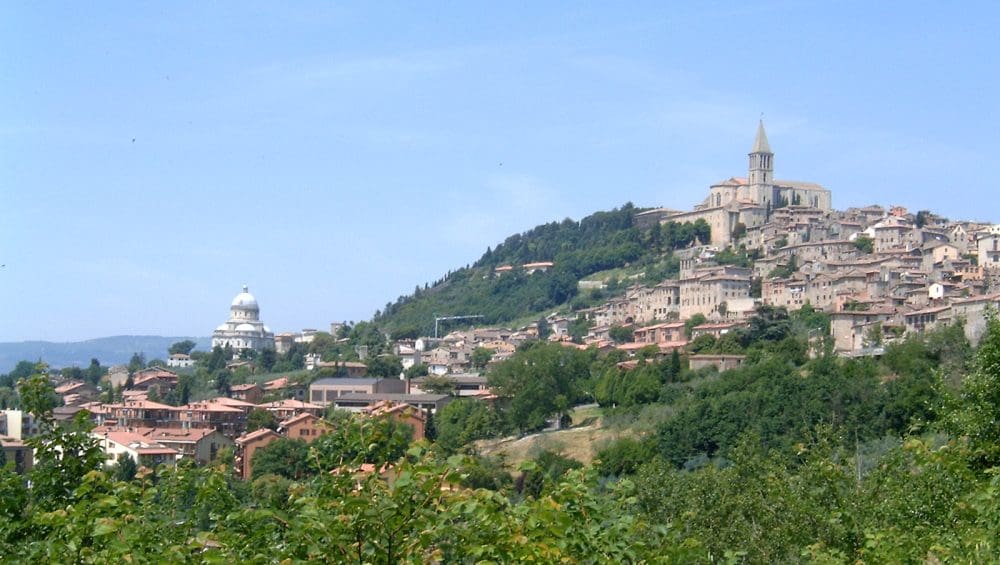
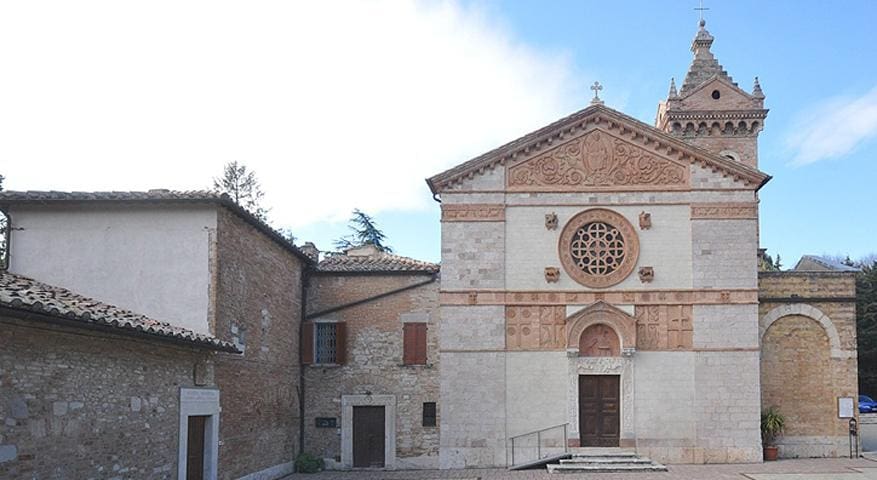
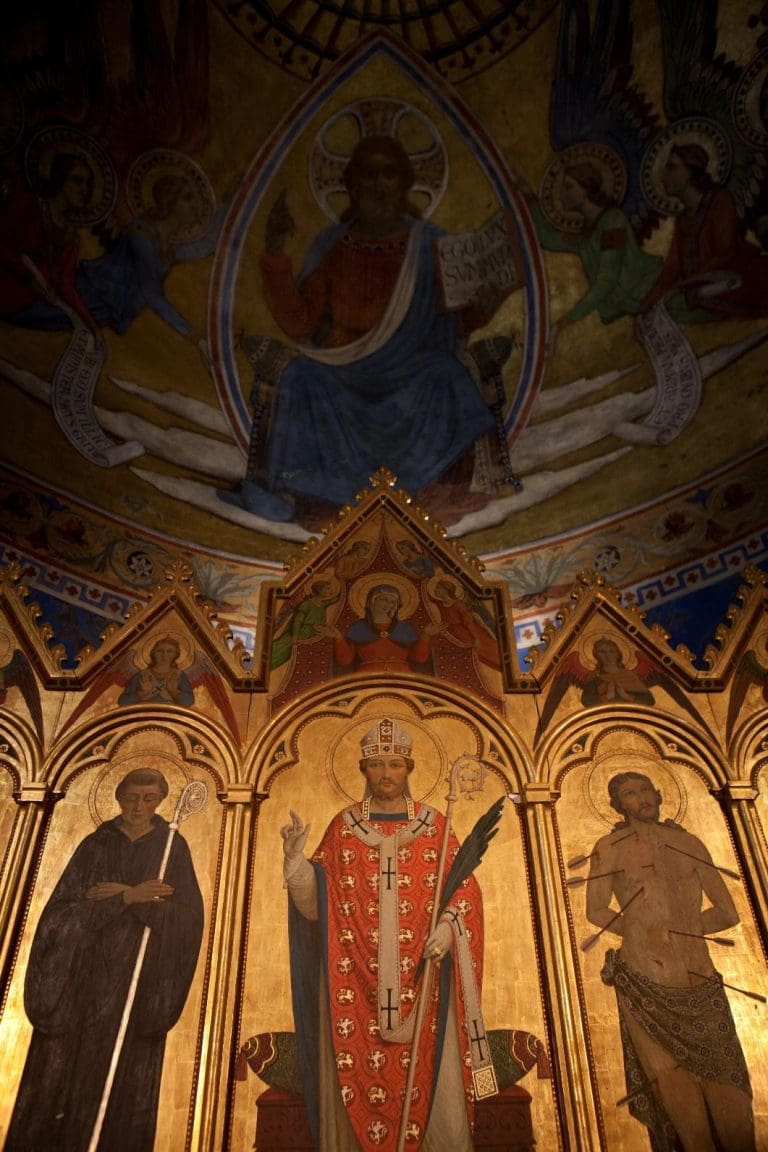

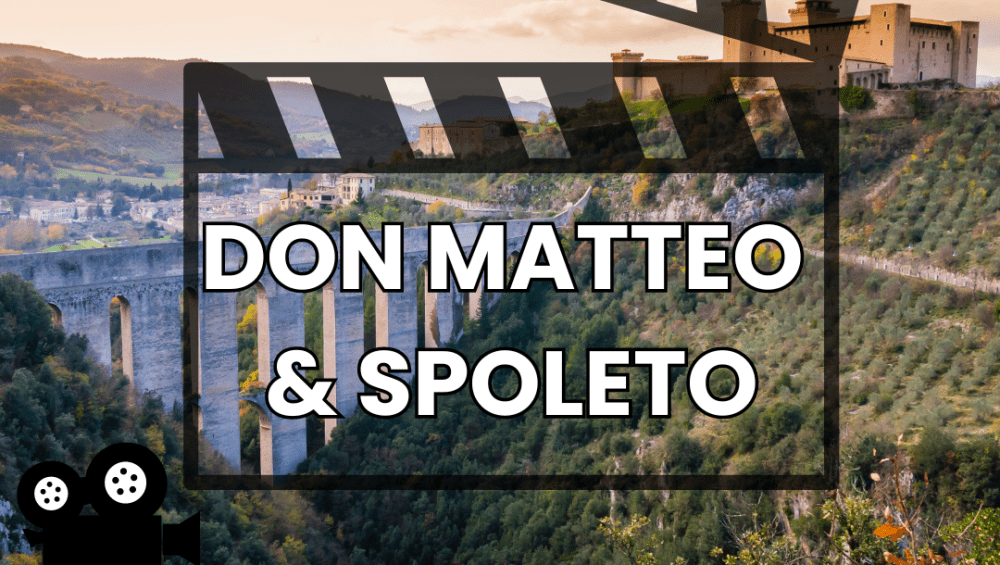
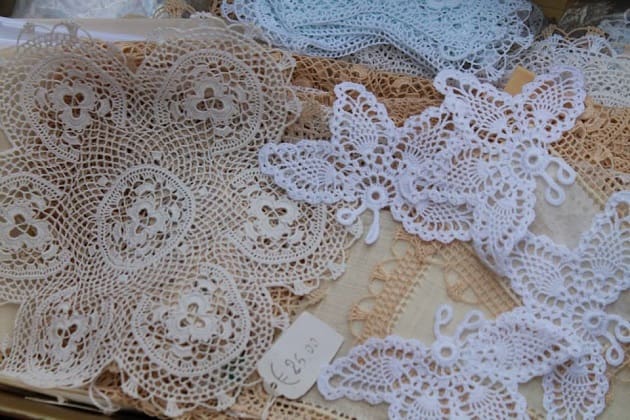
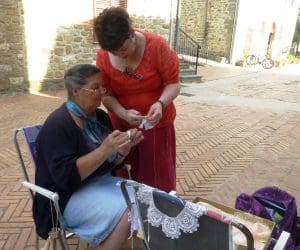 In the early 20th century, Marchesa Elena Guglielmi introduced the technique of Irish lace-making to Isola Maggiore in Lake Trasimeno. Inspired by traditions originating in Irish monasteries in the late 19th century and following the ancient art of Venetian lace, the Marchesa’s vision was to bring this artistry to the island.
In the early 20th century, Marchesa Elena Guglielmi introduced the technique of Irish lace-making to Isola Maggiore in Lake Trasimeno. Inspired by traditions originating in Irish monasteries in the late 19th century and following the ancient art of Venetian lace, the Marchesa’s vision was to bring this artistry to the island.

